
Vacuum Accessories
High Performance Vacuum Bellows for Efficient Connection and Stable Vacuum in Systems
Item Number : KT-VA05
Price varies based on specs and customizations
- Maximum temperature
- 350℃
- Outer diameter
- 40mm~75mm
- Material
- 304 stainless steel + Borosilicate
Shipping:
Contact us to get shipping details Enjoy On-time Dispatch Guarantee.
Why Choose Us
Reliable PartnerEasy ordering process, quality products, and dedicated support for your business success.
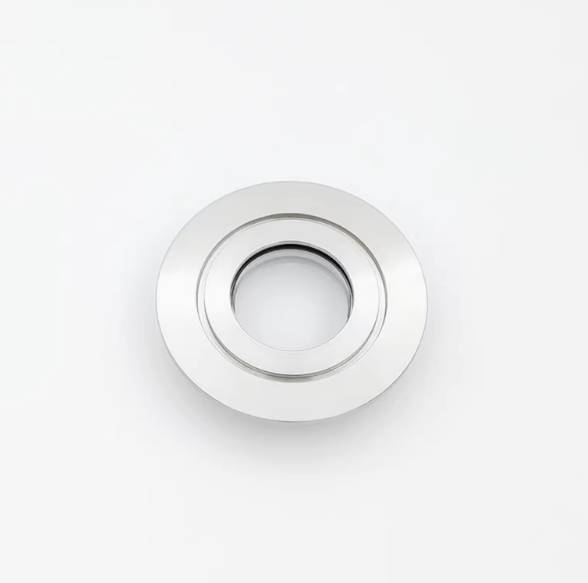
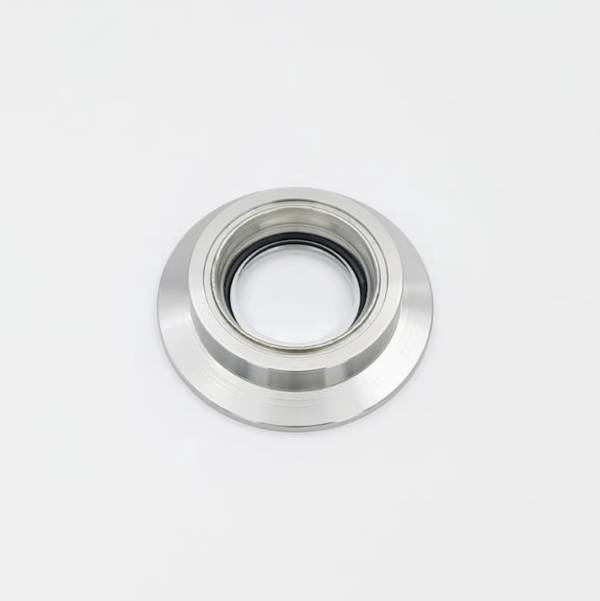
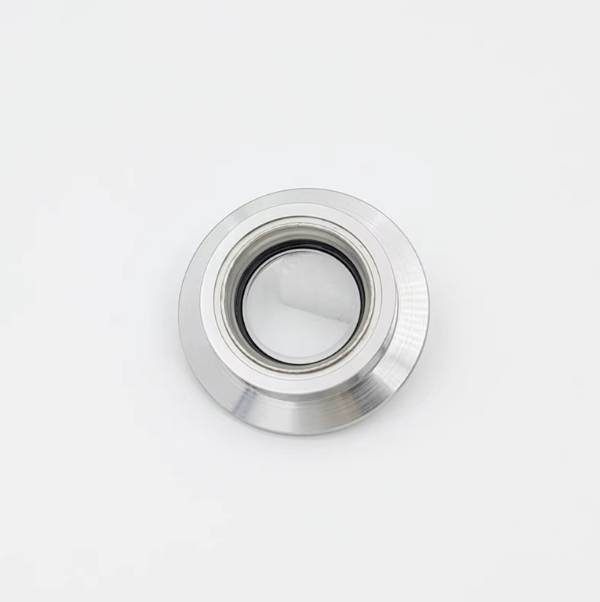
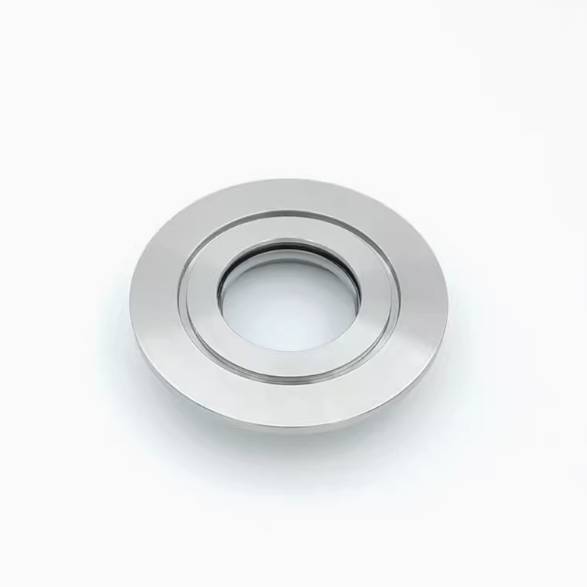
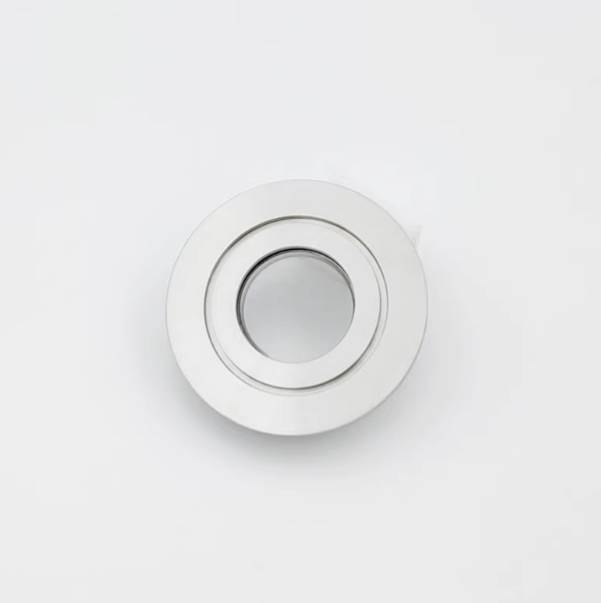
KF Ultra-High Vacuum Observation Window: Precision Viewing for Demanding Environments
KINTEK's KF Ultra-High Vacuum Observation Window is meticulously engineered to provide crystal-clear, reliable viewing in environments requiring vacuum conditions typically above 10-9 Torr. This essential component empowers precise monitoring and control across a range of high-tech industries and scientific research applications.
Key Features & Unmatched Performance
-
Superior Optical Clarity with High Borosilicate Glass:
- Crystal-Clear Viewing: Achieves over 92% light transmittance, allowing for detailed observation of your vacuum chamber's interior.
- Exceptional Thermal Stability: Operates effectively across a wide temperature range (-200℃ to +300℃) with a low expansion coefficient (3.3 x 10^-6/K), minimizing distortion and ensuring consistent performance under thermal stress.
- Robust Chemical Resistance: Highly resistant to acid and alkali corrosion, guaranteeing a long service life even in challenging chemical environments.
-
Reliable Sealing with 304 Stainless Steel Flange:
- Durable Construction: Made from high-quality 304 stainless steel, offering high strength and excellent corrosion resistance for lasting durability.
- Vacuum Integrity Assured: Provides superior sealing performance, crucial for maintaining a stable and reliable ultra-high vacuum environment, preventing leaks and ensuring experimental success.
-
Designed for Your Application's Success:
- Easy Installation & Maintenance: Complies with KF standards for quick, straightforward installation and easy replacement, reducing downtime and operational costs.
- Versatile Sizing: Available in a range of standard flange sizes (KF25, KF40, KF50) and glass thicknesses to meet diverse experimental and industrial requirements (see Technical Specifications below).
- Long-Term Reliability: The combination of high-quality materials and precision engineering ensures consistent performance and durability, making it a dependable solution for your critical vacuum system.
Technical Specifications
| Model | Outer diameter | Inner diameter (view diameter) | Maximum temperature | Thickness | Material |
|---|---|---|---|---|---|
| KF 25 | 40mm | 23mm | 350℃ | 15.5mm | 304 stainless steel + Borosilicate |
| KF 40 | 55mm | 20mm | 15.5mm | ||
| KF 50 | 75mm | 34mm | 16mm |
Versatile Applications
Our KF observation windows are indispensable in fields where precise vacuum monitoring is critical, including:
- Semiconductor Manufacturing: Enabling clear observation for precise control during device fabrication processes.
- Vacuum Coating: Facilitating real-time monitoring and quality assurance of coating processes.
- Optical Instruments: Supporting the development, alignment, and operation of sensitive optical devices in ultra-high vacuum.
- Aerospace Research: Utilized for observing material behavior and processes within simulated space vacuum test chambers.
- Scientific Research: Providing reliable visual access for a wide array of experiments and studies conducted in UHV environments.
How It Works: Ensuring Vacuum Integrity and Clear Views
The KF ultra-high vacuum observation window operates by seamlessly integrating high borosilicate glass with a robust 304 stainless steel flange. The high-purity glass provides a transparent, distortion-resistant barrier for observation, while the precisely machined flange ensures a secure, leak-tight seal against the vacuum chamber. This synergy allows for continuous, clear monitoring of processes within the ultra-high vacuum environment without compromising its integrity or performance.
Tailored Solutions for Your Vacuum Needs
At KINTEK, we understand that every experiment and application can have unique demands. Leveraging our strong R&D capabilities and in-house manufacturing, we offer deep customization for our KF Ultra-High Vacuum Observation Windows to precisely meet your specific requirements. Whether you need a non-standard size, particular material considerations, or integration support with your existing vacuum systems, our team is here to engineer the perfect solution.
Ready to achieve optimal viewing in your vacuum setup? Contact our specialists today to discuss your project, explore customization options, or request a detailed quote for our KF Observation Windows.
FAQ
What Are The Main Applications Of A Vacuum Furnace?
What Is An Atmosphere Furnace Used For?
What Is A Vacuum Induction Furnace?
What Are The Main Applications Of A Horizontal Vacuum Furnace?
What Is A Vacuum Hot Press And How Does It Work?
What Are The Key Features Of A Vacuum Furnace?
What Are The Key Features Of An Atmosphere Furnace?
What Are The Main Applications Of Vacuum Induction Furnaces?
What Are The Key Features Of A Horizontal Vacuum Furnace?
What Are The Main Components Of A Vacuum Hot Press?
How Does A Vacuum Furnace Work?
How Does An Atmosphere Furnace Work?
How Does A Vacuum Induction Furnace Work?
How Does A Horizontal Vacuum Furnace Work?
What Are The Advantages Of Using A Vacuum Hot Press?
What Are The Advantages Of Using A Vacuum Furnace?
What Are The Advantages Of Using An Atmosphere Furnace?
What Are The Advantages Of Using A Vacuum Induction Furnace?
What Are The Advantages Of Using A Horizontal Vacuum Furnace?
What Industries Commonly Use Vacuum Hot Press Technology?
What Types Of Materials Can Be Processed In A Vacuum Furnace?
What Types Of Gases Can Be Used In An Atmosphere Furnace?
What Types Of Vacuum Induction Furnaces Are Available?
What Types Of Materials Can Be Processed In A Horizontal Vacuum Furnace?
What Types Of Materials Can Be Processed In A Vacuum Hot Press?
What Is The Difference Between Hot Wall And Cold Wall Vacuum Furnaces?
What Safety Features Are Available In Advanced Atmosphere Furnaces?
Why Is Temperature Control Important In Vacuum Induction Furnaces?
What Is The Temperature Range Of A Horizontal Vacuum Furnace?
What Temperature And Pressure Ranges Can Vacuum Hot Presses Achieve?
Can Vacuum Furnaces Be Customized For Specific Applications?
What Materials Can Be Processed In A Vacuum Induction Furnace?
What Are Some Common Applications Of Vacuum Hot Pressing?
How Does The Vacuum Environment Benefit Material Processing?
4.8
out of
5
Incredible durability! These bellows have transformed our lab setup. Worth every penny!
4.9
out of
5
Fast delivery and top-notch quality. Our vacuum system has never been more stable.
4.7
out of
5
Perfect fit and excellent performance. A game-changer for our research projects.
4.9
out of
5
Superior technology and robust build. Highly recommend for any high-vacuum application.
4.8
out of
5
Efficient and reliable. These bellows exceeded our expectations in every way.
4.7
out of
5
Great value for money. The vacuum stability is impressive and consistent.
4.9
out of
5
Outstanding product! The connection efficiency is unmatched. Delivered promptly too.
4.8
out of
5
Highly durable and advanced. Perfect for demanding industrial environments.
REQUEST A QUOTE
Our professional team will reply to you within one business day. Please feel free to contact us!
Related Products
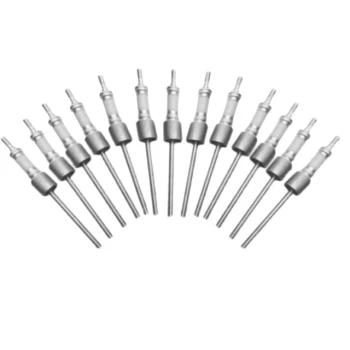
Ultra Vacuum Electrode Feedthrough Connector Flange Power Lead for High Precision Applications
Ultra-Vacuum Electrode Feedthroughs for reliable UHV connections. High-sealing, customizable flange options, ideal for semiconductor & space applications.
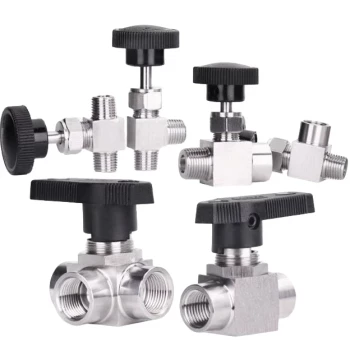
304 316 Stainless Steel High Vacuum Ball Stop Valve for Vacuum Systems
KINTEK's 304/316 stainless steel vacuum ball valves and stop valves ensure high-performance sealing for industrial and scientific applications. Explore durable, corrosion-resistant solutions.
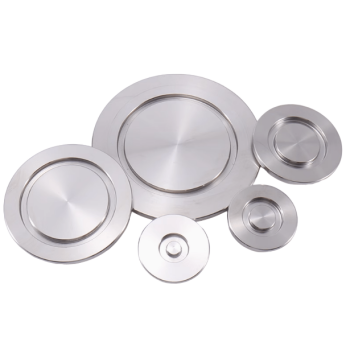
Stainless Steel KF ISO Vacuum Flange Blind Plate for High Vacuum Systems
Premium KF/ISO stainless steel vacuum blind plates for high-vacuum systems. Durable 304/316 SS, Viton/EPDM seals. KF & ISO connections. Get expert advice now!

2200 ℃ Tungsten Vacuum Heat Treat and Sintering Furnace
2200°C Tungsten Vacuum Furnace for high-temperature materials processing. Precise control, superior vacuum, customizable solutions. Ideal for research & industrial applications.
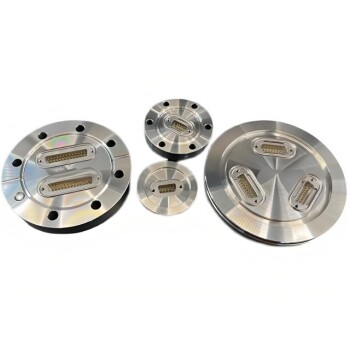
Ultra-High Vacuum Flange Aviation Plug Glass Sintered Airtight Circular Connector for KF ISO CF
Ultra-High Vacuum Flange Aviation Plug Connector for aerospace & labs. KF/ISO/CF compatible, 10⁻⁹ mbar airtight, MIL-STD certified. Durable & customizable.

CF KF Flange Vacuum Electrode Feedthrough Lead Sealing Assembly for Vacuum Systems
Reliable CF/KF flange vacuum electrode feedthrough for high-performance vacuum systems. Ensures superior sealing, conductivity & durability. Customizable options available.

Vacuum Hot Press Furnace Machine Heated Vacuum Press
KINTEK Vacuum Hot Pressing Furnace: Precision heating & pressing for superior material density. Customizable up to 2800°C, ideal for metals, ceramics, and composites. Explore advanced features now!

Stainless Steel Quick Release Vacuum Chain Three Section Clamp
Stainless steel quick release vacuum clamps ensure leak-free connections for high vacuum systems. Durable, corrosion-resistant, and easy to install.

Vacuum Hot Press Furnace Machine Heated Vacuum Press Tube Furnace
Discover KINTEK's advanced Vacuum Tube Hot Press Furnace for precise high-temperature sintering, hot pressing, and material bonding. Customizable solutions for labs.
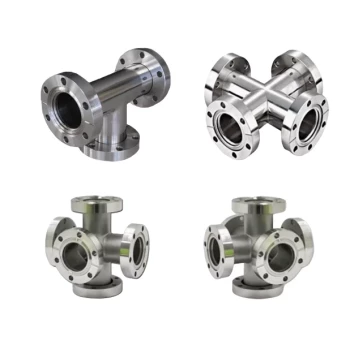
Ultra High Vacuum Stainless Steel KF ISO CF Flange Pipe Straight Pipe Tee Cross Fitting
KF/ISO/CF ultra-high vacuum stainless steel flange pipe systems for precision applications. Customizable, durable, and leak-tight. Get expert solutions now!

2200 ℃ Graphite Vacuum Heat Treat Furnace
2200℃ Graphite Vacuum Furnace for high-temperature sintering. Precise PID control, 6*10⁻³Pa vacuum, durable graphite heating. Ideal for research & production.

9MPa Air Pressure Vacuum Heat Treat and Sintering Furnace
Achieve superior ceramic densification with KINTEK's advanced air pressure sintering furnace. High-pressure up to 9MPa, precise 2200℃ control.

Vacuum Heat Treat Sintering Furnace with Pressure for Vacuum Sintering
KINTEK's Vacuum Pressure Sintering Furnace offers 2100℃ precision for ceramics, metals, and composites. Customizable, high-performance, and contamination-free. Get a quote now!

High Pressure Laboratory Vacuum Tube Furnace Quartz Tubular Furnace
KINTEK High Pressure Tube Furnace: Precision heating up to 1100°C with 15Mpa pressure control. Ideal for sintering, crystal growth, and lab research. Customizable solutions available.

Vacuum Sealed Continuous Working Rotary Tube Furnace Rotating Tube Furnace
Precision rotary tube furnace for continuous vacuum processing. Ideal for calcination, sintering, and heat treatment. Customizable up to 1600℃.

Vacuum Hot Press Furnace Machine for Lamination and Heating
KINTEK Vacuum Lamination Press: Precision bonding for wafer, thin-film & LCP applications. 500°C max temp, 20-ton pressure, CE certified. Custom solutions available.

Split Chamber CVD Tube Furnace with Vacuum Station CVD Machine
Split Chamber CVD Tube Furnace with Vacuum Station - High precision 1200°C lab furnace for advanced materials research. Customizable solutions available.

Vacuum Heat Treat Sintering and Brazing Furnace
KINTEK Vacuum Brazing Furnaces deliver precision, clean joints with superior temperature control. Customizable for diverse metals, ideal for aerospace, medical, and thermal applications. Get a quote!

Dental Porcelain Zirconia Sintering Ceramic Vacuum Press Furnace
Precision Vacuum Press Furnace for labs: ±1°C accuracy, 1200°C max, customizable solutions. Boost research efficiency today!
